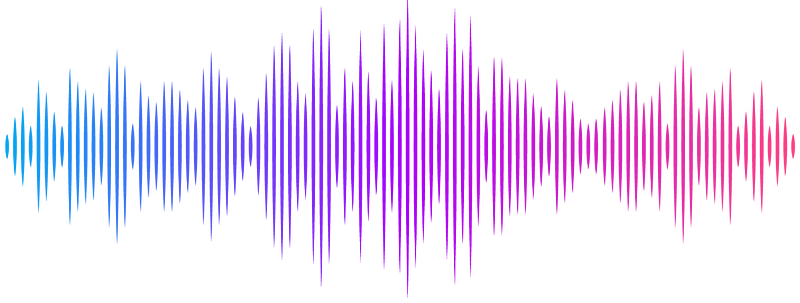Crosstalk Among Disrupted Blood-Brain Barrier, Neuroinflammation, and Coagulopathy in AC70 hACE2 Tg Mice with Prolonged Neurological Manifestations Induced by the Omicron BA.1 Variant of SARS-CoV-2

Crosstalk Among Disrupted Blood-Brain Barrier, Neuroinflammation, and Coagulopathy in AC70 hACE2 Tg Mice with Prolonged Neurological Manifestations Induced by the Omicron BA.1 Variant of SARS-CoV-2
Drelich, A. K.; Saenkham-Huntsinger, P.; Wang, Y.-H. E.; Xie, X.; Judy, B. M.; Ksiazek, T. G.; Peng, B.-H.; Tseng, C.-T. K.
AbstractLong COVID, or post-acute sequela of COVID (PASC), has emerged as a major post-pandemic challenge, with lasting neurological effects in a substantial number of patients. The underlying pathophysiological mechanisms of PASC remains elusive, largely due to the lack of suitable animal models that replicate key clinical and pathological features, especially in survivors of acute infection. Here, we employed the Omicron BA.1-infected AC70 hACE2 Tg mice to explore the pathogenesis of COVID-19. Our findings in the AC70/BA.1 model demonstrated that surviving mice developed lasting neurological sequelae of COVID-19, making it a promising platform for studying the pathogenesis of neuro- or long-COVID. Histopathological examinations revealed a transient pulmonary inflammatory response that correlated with the levels of live virus, whereas neuroinflammation within the brains persisted and progressed beyond the acute phase, without a clear linkage to direct virus effects. We showed that the severity of neurological sequelae directly correlated with the degree of blood-brain-barrier (BBB) disruption, alterations in tight junctions (TJs) and fibrinogen extravasation into the brain parenchyma. Additionally, BA.1-infected mice elicited a sustained systemic prothrombotic state, with dysregulated coagulation and fibrinolytic pathways in an organ-specific manner, as evidenced by distinct pattern of intracellular fibrin(ogen) depositions, elevated d-dimers, and tissue-plasminogen activator (t-PA) expression in the lungs and brains. We also found a positive correlation between progressive neuroinflammation and t-PA expression, which was closely co-localized with Iba-1-positive cells, indicating that activated microglia may serve as an additional source of t-PA in the CNS. Lastly, we showed that BA.1 variant triggered prolonged anti-Annexin A2 (ANXA2) autoantibody production. ANXA2 is essential for the neurovascular system, coordinating multiply dynamic processes within the endothelium, including cell surface fibrinolysis and TJ assembly. Our analysis revealed that impaired TJ structures coexisted with diminished ANXA2 levels around the brain vessels, suggesting its involvement in BBB dysfunction and neuroinflammation.